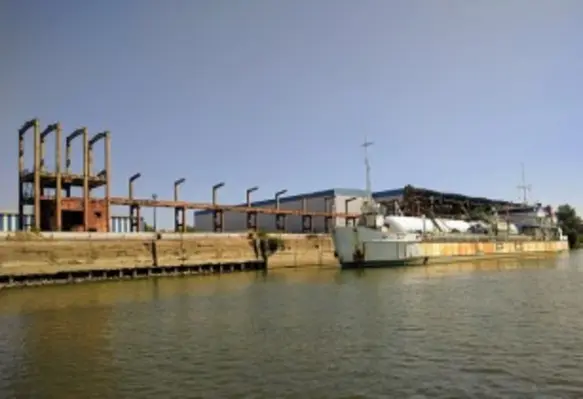Page 2 of 2
Complexity
The promise for the future, the prize in fact, is therefore its tight gas reserves. BP’s Khazzan & Makarem fields, in Oman’s Block 61 hold at least 22 tcf of proven gas reserves, although two further reservoirs could lift this number closer to 30 tcf.
The tight reserves in the block should be compared to the sultanate’s overall reserves of around 35 tcf of gas. Block 61’s gas is tight however, located in rock formations with very low permeability and at quite a depth. Wells have to reach on average between 4,500-5,000 metres down into the tight rock formations, after which extensive horizontal sections have to be drilled.
To add to the complexity, some of the output from the four producing zones is sour and has to be produced and transported in closed and entirely non-corrosive systems until treated and stripped of its toxic components.
Developing Block 61 has from the start been a challenging undertaking of such a calibre, that until fairly recently it was still uncertain whether there were technical grounds to view the project as commercial.
From 2009-2010 and onwards comments from BP and the Omani state have been increasingly bullish from a technical perspective and as test production has come onstream, the project has looked much more certain.
Oman’s gas production has for years hovered around 2-2.2 bcfd, so the development of Khazzan & Makarem, planned to yield 1-1.2 bcfd, would be a game changer for the country’s gas supply and instantly unlock further economic growth potential in the country. Prospects for further development phases have been mentioned, however they are still to be closer defined and delineated.
New wells
The first phase development is estimated by BP to require an investment of around US$24bn and the company is already underway with spending the US$700mn budgeted on the Block 61 exploration and test production development.
Since mid-2010 an extended well test has produced gas from up to nine wells, sending them to Oman’s existing Saih Rawl gasfield treatment plant, however for the full development BP is eying the need for at least 330 new wells to be drilled and the construction of the project’s own treatment capacity.
Given the cost of development, it is not hard to understand that Omani state’s current gas purchase price is far too low. Production prices at Khazzan & Makarem are thought to come in well above US$2/mmBtu, as were prices at another tight gas project which fell through in recent years, BG Group’s Abu Butabul development.
Abu Butabul was considerably smaller, holding approximately eight tcf, thus starting at a disadvantage without the economics of scale, however when BG abandoned the project in June 2010 the need for a radical revision of Oman’s gas price policies was hammered home to the government.
On the other hand, some have put BG’s loss of interest at least partially down to disappointment over not getting the right to export the gas as LNG through Oman’s Qalhat LNG plant, to which the government naturally was unable to agree.
Regardless, a similar fate for the BP development at Block 61 has to be averted at almost any cost. The loss of time and the damage to the economy should BP withdraw and another equally skilled partner have to be found would in itself be too costly an alternative.
The pressure is now therefore on the Omani government to find sufficiently generous gas price terms to allow BP to develop the field to its full potential, while simultaneously putting the price as low as possible to minimise the cost to the government coffers.
Gas and power subsidy cuts remain a largely taboo topic in the Gulf in the wake of the Arab Spring in 2011 and particularly given that Oman was one of the two GCC states where protests erupted, albeit limited in scope and number.
Solution
While price increases/subsidy cuts could materialise quite quickly for heavy industries, such changes for retail clients and smaller businesses remain firmly off the agenda for some time more, despite the underlying pressing need to move towards a better energy and budget sustainability.
With the much higher gas availability the Khazzan & Makarem development could give, at least one of Oman’s major systemic constraints would be solved however, making it possible to reenergize economic development and job creation. With more of that, the government will hope, attention could then more successfully be switched to the energy cost and subsidy issue.
That BP and Oman last year said a price agreement would be reached in the first half of 2012 is hopefully just showing that both sides remain committed to finding a mutually acceptable solution and that breaking off negotiations is not an option.









